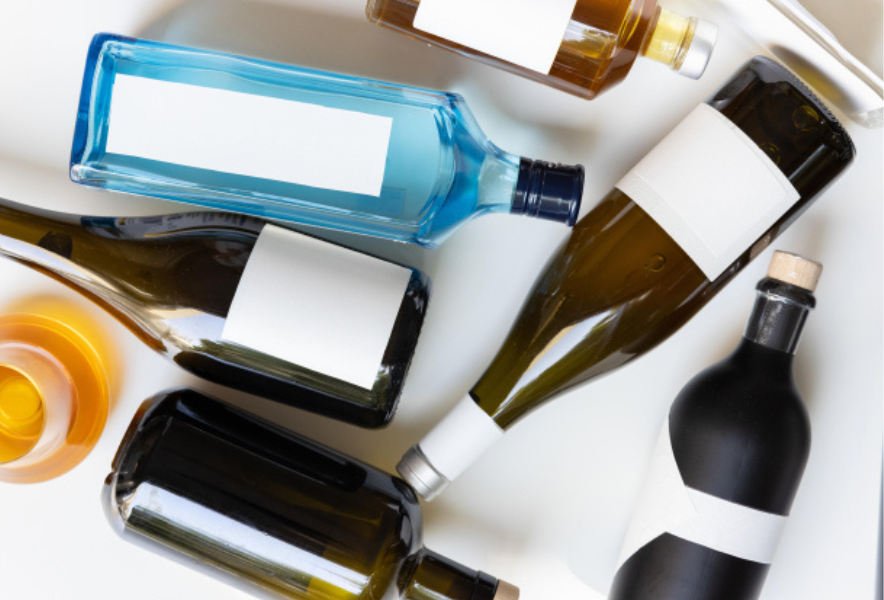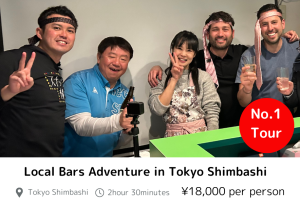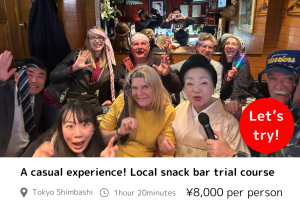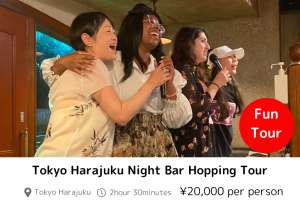In Japan, the tradition of drinking from glass bottles dates back many decades. Bottled milk, soft drinks, and alcoholic beverages were once the norm. However, since the 1960s, the rise of paper cartons and PET bottles has led to a significant decline in the use of glass bottles. As a result, the number of bottle manufacturers has also decreased, making it increasingly difficult to secure bottles today. Especially in areas where systems for collecting and cleaning reusable bottles are not well established, it has become harder to maintain bottle circulation. Nevertheless, bottled drinks continue to be cherished for their unique taste and nostalgic charm, particularly in snack bars—an iconic type of Japanese drinking establishment.
Contents
Kaku Bin: The Beloved Whisky Bottle of Snack Bars
A staple in many snack bars is Suntory’s “Kaku Bin.” Its distinctive square bottle is not only stable on shelves but also ideal for the Japanese custom of bottle-keeping, where regulars label and store their bottle at the bar for future visits. Kaku Bin whisky is versatile—great with soda, water, or hot water—and is widely loved for its smooth taste and reasonable price, making it an excellent choice even for newcomers.
Shochu in Bottles: Kinmiya and the Bottle-Keep Culture
Shochu is another favorite in snack bars. “Kinmiya Shochu,” in particular, is known for its clean and mild flavor, making it easy to drink. Its simple bottle design suits bottle-keeping well. Shochu is highly flexible—commonly mixed with oolong tea, green tea, or soda water—allowing for a wide variety of drinking styles to suit any preference.
The Appeal of Small-Bottle Beer in Snack Bars
Beer is typically served in small bottles at snack bars. This is a practical way to enjoy a fresh, cold beer before switching to a main bottle-kept drink like whisky or shochu. Small bottles are ideal for finishing in one go, ensuring freshness, and are especially appreciated by those who prefer light drinking. This approach perfectly complements the intimate and relaxed atmosphere of snack bars.
Bottled Soft Drinks: Essential Mixers
In snack bars, bottled soft drinks such as soda water, ginger ale, and cola are essential mixers for whisky and shochu. Bottled versions retain carbonation better than canned or dispensed ones, allowing guests to enjoy their drink to the last drop. The retro labels and classic bottle shapes also enhance the nostalgic ambiance of the bar, serving both a practical and decorative role.
Conclusion: Preserving the Bottle Culture in Japan’s Snack Bars
Glass-bottled beverages do more than deliver great taste—they elevate the entire drinking experience in the cozy, personalized space of a snack bar. Even as securing bottles becomes more difficult, the bottle culture continues to thrive in these establishments. From the uniquely Japanese bottle-keeping system to small bottled beers and vintage-style mixers, the bottle is central to the snack bar experience. Preserving this culture is not just about the vessel—it’s about maintaining a tradition of connection, hospitality, and charm that defines Japan’s drinking scene.
Let’s go to Izakaya and a Japanese Snack-bar with a fun guide!!
You can enjoy many kinds of drinks at Izakaya and drinking culture Snack Bars, beloved by many but you can’t enter without a guide. You can enjoy communication with the owner and other customers, as well as singing karaoke, allowing for a relaxing time.
Most snack bars have a policy of refusing entry to foreigners. However, with a tour, you’ll have a guide, so you can enter with peace of mind.
When visiting Japan, don’t just check off the tourist spots –
dive into local experiences for an unforgettable journey!
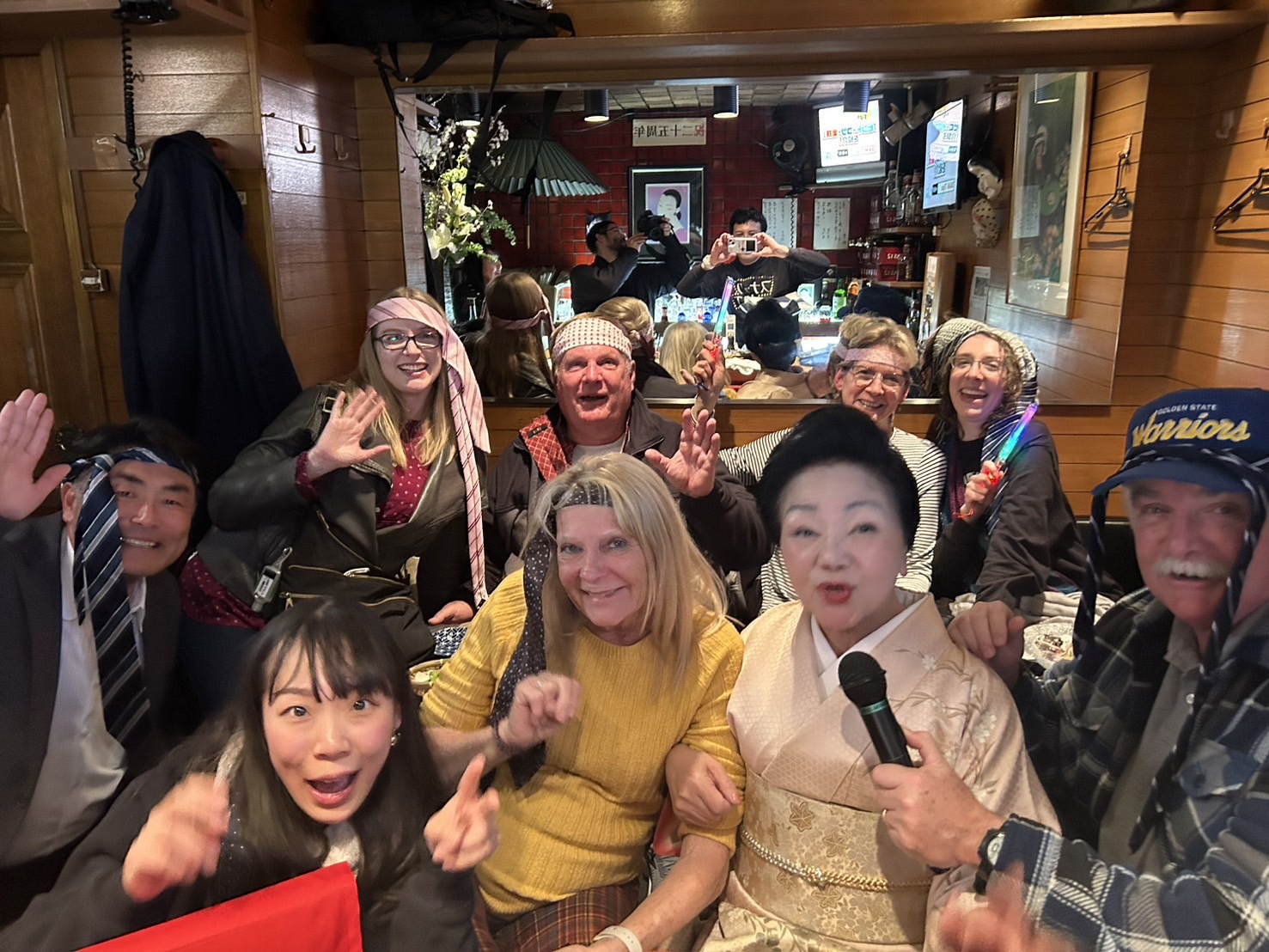
Once you experience it, you’ll be captivated too! The charm of snack bars.

New encounters with people! The camaraderie of singing at a snack bar! Conversations with the mama-san!

